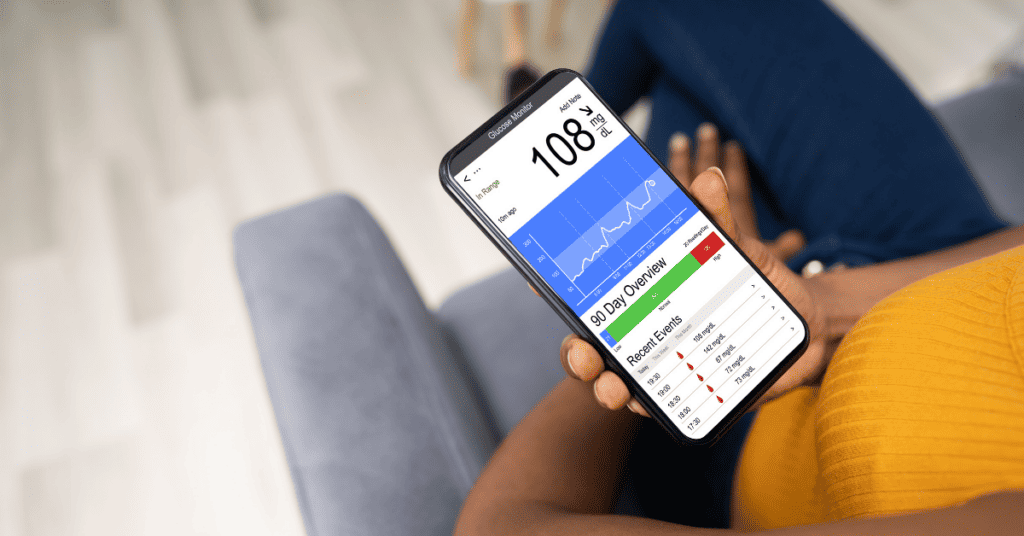Within the last year we have experienced a huge boom in the use of telehealth and remote patient monitoring (RPM) tools as solutions to continuity of care for providers across the spectrum of healthcare.
Although RPM has certainly become more popular due to quarantine – it has always been an important tool for providers. Continue reading to learn more about RPM and why it is such a critical asset to healthcare practices and patients alike.
Real-Time Data and Optimized Care
With the ever evolving healthcare industry, it is important for both providers and patients to recognize the endless options of engagement available. From e-statements to automated survey campaigns, “engagement” means so much more than a phone call, text message and email these days.
Alongside telehealth, remote patient monitoring or RPM is an especially powerful outlet for providers who need to continue implementing treatment plans for patients with chronic or critical conditions. Not only do technologies like digital cardiac monitors, mental health mobile apps or electrical transmission therapy devices offer patients a safe alternative to in- person care, but they also stabilize outcomes as well as streamline clinical operations.
With RPM, providers are able to navigate scheduling more efficiently and empower patients to educate themselves about their own health, which in turn secures greater flexibility and significantly improves accessibility to healthcare. This combination of increased convenience and consistent data provision leads to an overall boost of patient satisfaction and encourages providers to optimize delivery of care.
Increased Revenue
With the right tools implemented, it is clear that RPM has the potential to revolutionize both how providers elevate engagement and how patients standardize healthcare continuity. Beyond enhanced practice and patient satisfaction, RPM can also lead to increased revenue in a number of other ways as well. As this article by Medical Economies points out, RPM has many different reimbursable aspects.
Moreover, for providers who were negatively impacted by Covid-19, Medicare waivers have enabled providers to bill remote services such as those provided through RPM.
If you are interested in learning even more, contact us today to chat with our technology and billing experts and find out what solutions may be available to help invigorate your practice and propel your revenue today!


